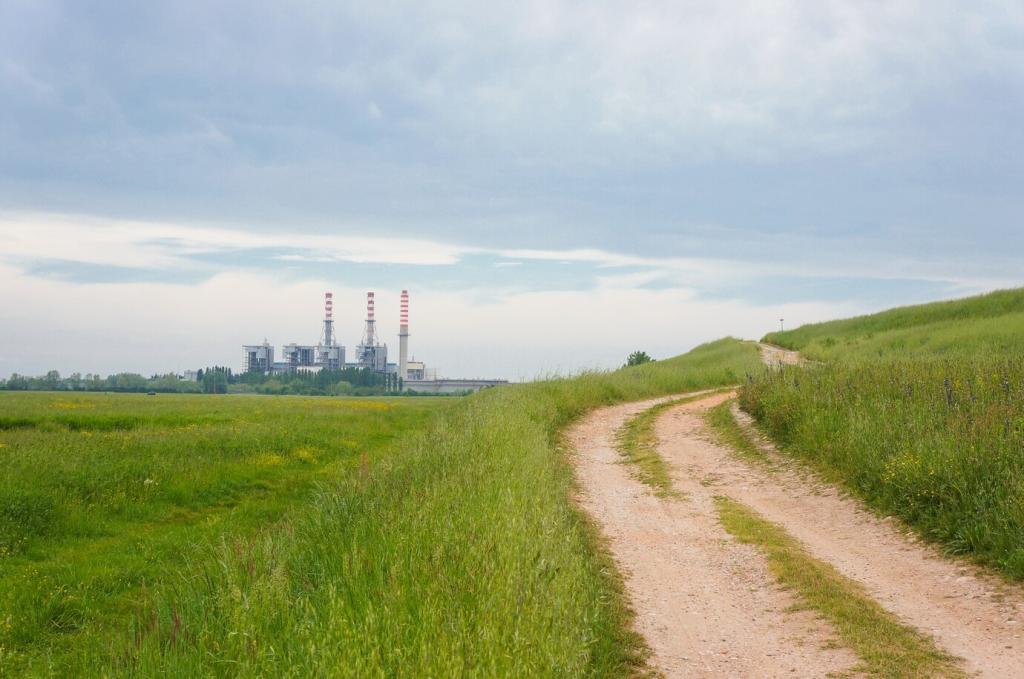Sustainable Materials and Circular Manufacturing
Direct reduction using green hydrogen replaces coal in ironmaking, cutting emissions dramatically. Early plants demonstrate commercial feasibility, while renewable build‑outs and electrolyzer cost drops pave the way for competitive, cleaner steel in vehicles, buildings, and appliances.
Sustainable Materials and Circular Manufacturing
Cement substitutes like calcined clays and slag reduce clinker content, while carbon‑cured mixes lock CO2 inside durable structures. Biobased fibers and resins create strong, lightweight composites that lower embodied carbon across construction, mobility, and consumer goods.




